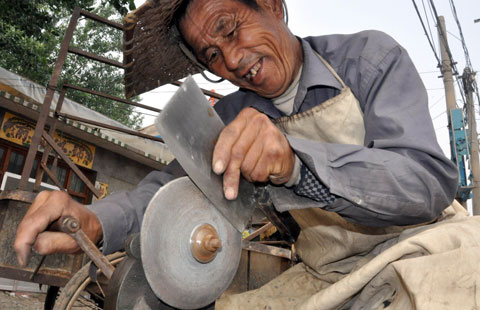The Lada sedan evokes Soviet-Finnish nostalgia
By John Tagliabue ( China Daily/Agencies ) Updated: 2012-05-07 15:17:07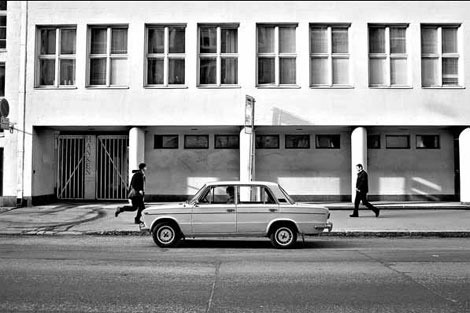 |
|
The Soviet Lada was once a top-selling car in Finland, but it failed to keep pace with auto engineering and design advances in the West and Asia. Touko Hujanen for The New York Times |
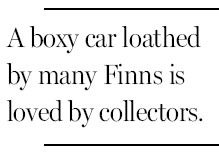
HELSINKI, Finland - Risto Nykanen restores old Ladas, the boxy Soviet autos that were once the family car of Finland, but have become collectors' items.
"Whatever came from Soviet Russia, all this is crap," said Mr. Nykanen, 47, explaining why many Finns, and not just his Russian-born wife, loathe the Lada. But for Mr. Nykanen, a Finn who runs a machinery import business, the cars represent a bittersweet chapter of his nation's history.
Built starting in the early 1970s, Ladas are emblems of the Cold War, when Finland sought to strike a delicate balance between the Soviet Union and the West.
Over the years, while cars from Western Europe, America and Asia evolved with fresh styling and improved engineering, the Lada failed to keep pace. Still, the standard model seated five and cost 40 percent less than, say, a comparable Opel. A dearth of insulation offered little protection against severe Finnish winters, a deficiency the Lada countered with a blast-furnace heater.
"It had two settings - hot or extra hot," Mr. Nykanen said.
Introduced to Finland in 1971, the Lada was long one of the country's best-selling cars. Sales peaked in 1998, at 15,390 Ladas, some 10 percent of the market.
By late last year the car's longtime importer, the Delta Auto Group, gave up the business, saying it had not sold even one Lada since 2009. Now Delta deals in the cars that Finns prefer today, like Kias, Mazdas and Mitsubishis.
Lada once had a huge center at the Russian-Finish border, employing about 4,000 people, where cars were prepared for Finnish customers.
For Mr. Nykanen, the Lada's popularity and eventual decline reflect the arc of Finnish-Russian history. For more than a century Finland was part of the huge Russian empire before gaining independence after World War I.
It maintained a wary relationship with its neighbor. But with the collapse of communism, Finland allied itself with the West.
Avtovaz, the largest Russian automaker, still makes Ladas. Renault, the French automaker aligned with Nissan, is seeking control of Avtovaz and expects to build some of its Romanian Dacia models in the Russian plant.
Finland has not totally rejected Russian cars. In March, the Moscow-based Marussia Motors, owned by Russian investors, announced an agreement with Valmet Automotive, the Finnish contract manufacturer that builds the Fisker Karma plug-in hybrid, to assemble a new luxury sports car, the Marussia B2. (Finland has no domestic auto industry.)
Denis Muravlev, a company spokesman, wrote in an e-mail that the company hopes to sell the B2 in Europe, "including Finland, of course."
Mr. Nykanen estimates there are 15,000 Ladas left in Finland.
After the Soviet Union's collapse, Russians poured in to buy used Finnish Ladas and drive them home - where, during Soviet times, Russians had waited years to take delivery. "More than 30,000 of our Ladas went back to Russia," said Mr. Nykanen.
In 2008, Mr. Nykanen and other Lada buffs were part of a convoy of nine Finnish Ladas that made a pilgrimage to the Russian city of Tolyatti, to pay homage to the factory where their cars were assembled. Renault, which now owns a stake in the complex, refused them admittance.
For everyday use, Mr. Nykanen drives a sporty Opel. But its computerized innards do not fully impress him. "If a nuclear bomb goes off, all microchips will collapse," he said. Tapping one of his Ladas, he said, "It's all mechanical. It's atom-bomb proof."
The New York Times
|
|
|
|
|
|
|
|


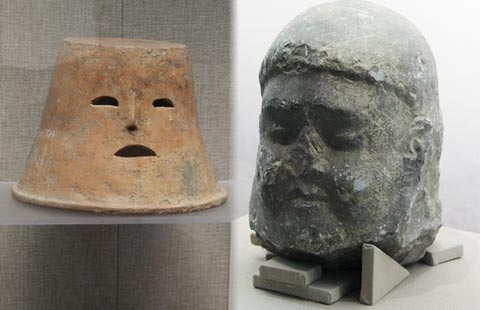


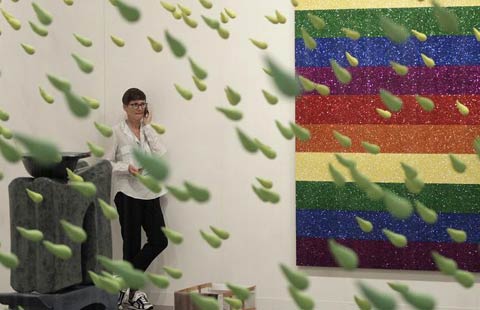

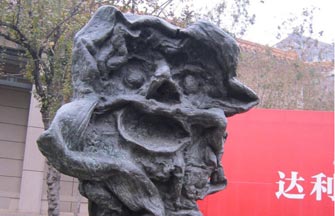




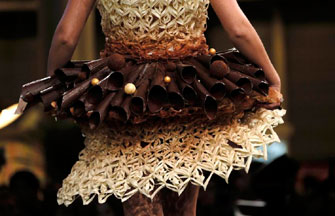



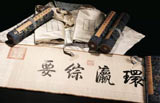
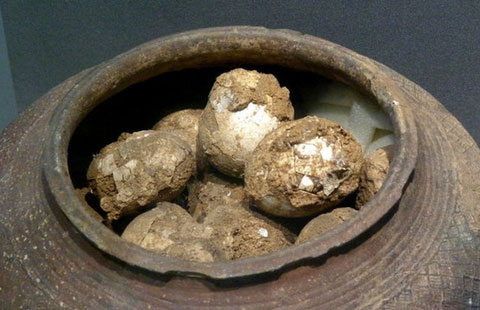



 Raymond Zhou:
Raymond Zhou: Pauline D Loh:
Pauline D Loh: Hot Pot
Hot Pot Eco China
Eco China China Dream
China Dream China Face
China Face






